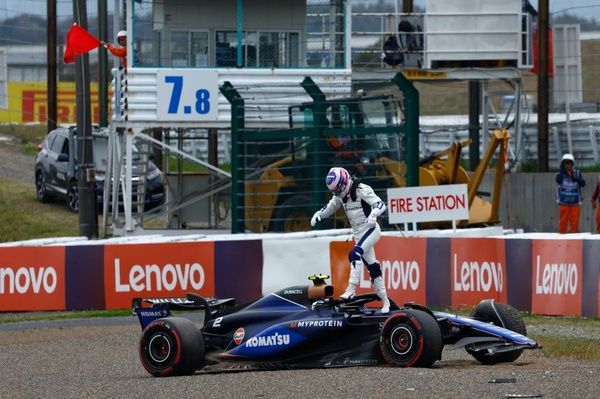FIA to present Formula 1 cockpit protection plan to teams this week
The FIA is to present its favoured solution for Formula 1 cockpit protection at a meeting of technical directors on Friday, Autosport has learned

Three different designs that have been in the pipeline for some time were all tested again last week, with the Mercedes 'halo' (pictured) now emerging the frontrunner.
The first of the other two concepts, known as the AFP-V2, involves an updated version of a rollcage on the nose of the car, with a trio of protruding blades designed for deflection.
The second is a centreline rollhoop consisting of three bars that run from the front bulkhead and connect with the air intake above the driver's head.
All the solutions are part of the FIA's ongoing campaign to safeguard drivers from being hit by objects during accidents, notably loose wheels.
It is understood the FIA believes the 'halo' to be the most beneficial design, with test results and a presentation scheduled to take place on Friday.

While the FIA's aim is to introduce the device for next season, there still remain a number of hurdles to overcome.
One of the slight concerns with the 'halo' at this stage is that, unlike the other two concepts, it does not absorb energy.
It therefore has to be made resilient enough to stop a flying wheel.
The drivers are known to be keen on the design, but one difficulty from their perspective is while normal forward visibility would be relatively unimpaired, looking up - such as through Spa's Eau Rouge or Turn 1 at Austin - may prove disconcerting.
The FIA, though, is determined to finally implement some form of device given the number of incidents that have occurred in recent years.
It is recognised the 'halo' may not have prevented the deaths of Jules Bianchi and Dan Wheldon, with different safety measures undertaken to avoid a repeat of Bianchi's incident during the 2014 Japanese Grand Prix.
But for the incidents that killed Justin Wilson and Henry Surtees, such a solution would likely have proven beneficial.
Unlike a fully-closed cockpit, which has been looked at in the past, the 'halo' also allows relatively straightforward extrication of a driver should they be involved in an accident.
The matter will be discussed on Friday, with the technical heads then left to assess how it would be implemented on a current car.
Two key design areas relate to how the 'halo' would be attached to the car: whether it folds up or articulates at a certain point, and what strengthening would be required of the chassis.
Ideally, a universal concept would be more practical from an FIA standpoint, but the governing body appreciates each team may prefer freedom of design, which would lead to each needing to be tested in its own right.
Be part of the Autosport community
Join the conversationShare Or Save This Story
Subscribe and access Autosport.com with your ad-blocker.
From Formula 1 to MotoGP we report straight from the paddock because we love our sport, just like you. In order to keep delivering our expert journalism, our website uses advertising. Still, we want to give you the opportunity to enjoy an ad-free and tracker-free website and to continue using your adblocker.














Top Comments